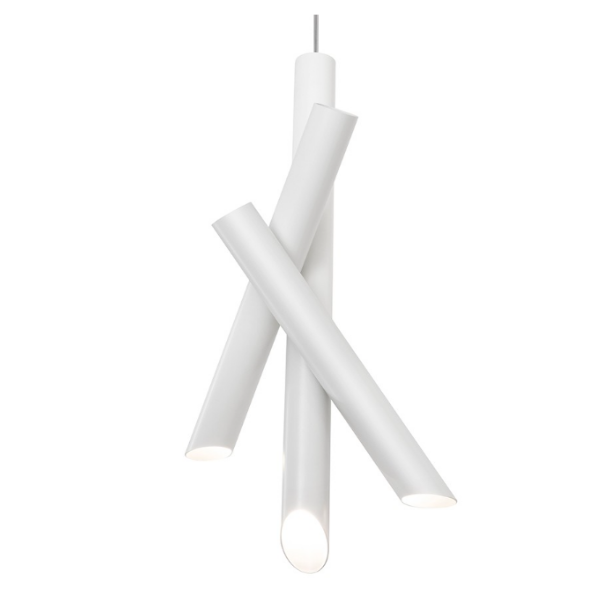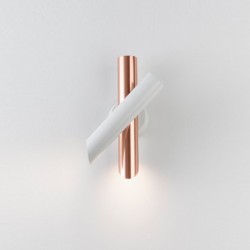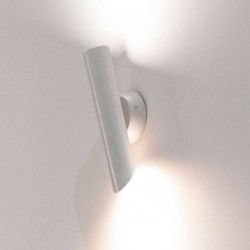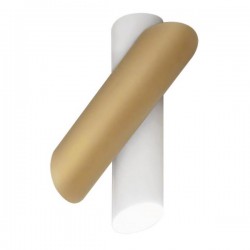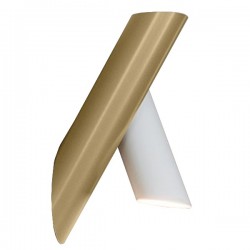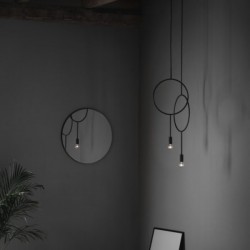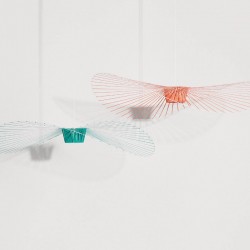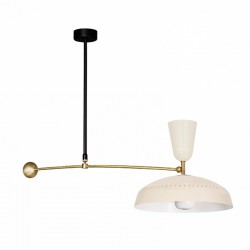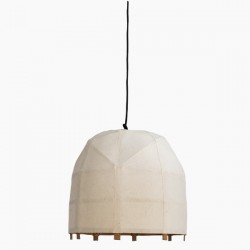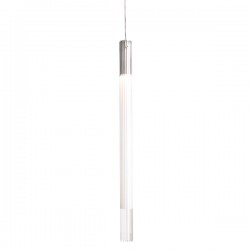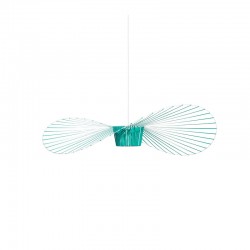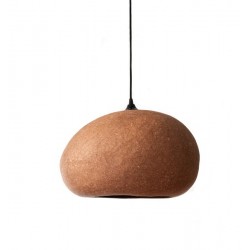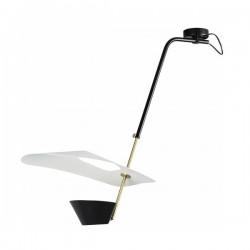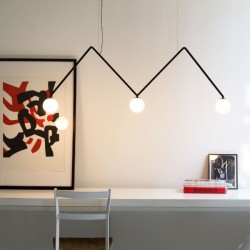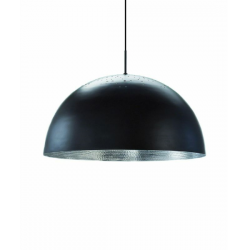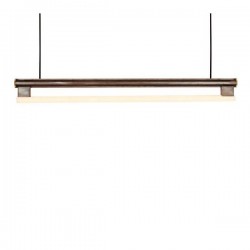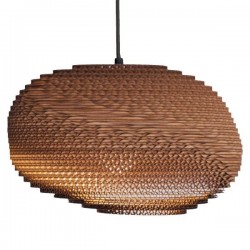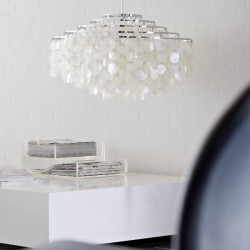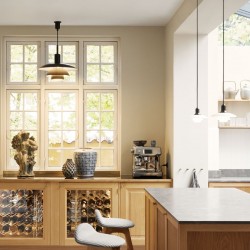Nemo Tubes 3 Pendant Lamp
Designer:
Charles Kapalkian
€525.00
Availability if not in stock 3 to 4 weeks.
Aluminium pendant lamp for a warm diffused illumination on the surface.
Diffusers in opal polycarbonate. Available in white or white and anodized copper finish
- Specifications
Aluminium
LAMPING Source LED
Total power 14,5W Emission down diffused
Switching dimmable TRIAC
Tension 230V
Color temperature 2700K
Luminous flux 1500lm Typ cri 80
Energy class A+
Materials aluminium + PMMA
Notes cable lenght 3m, also available in 120V Net lamp weight 3 Kg
Kindly note that this product is CE-approved only and should only be used in countries that follow and accept this standard. If it is used elsewhere it will be at the customer's sole risk, responsibility and liability.
-
Charles Kapalkian
Charles Kalpakian was born in 1982 in Beirut (Lebanon). Holder of a BTS Design Produit in 2004, he did a product design apprenticeship within the Ora-ïto agency before joining architects Leberre and Guillois as design assistant in 2005 and 2006. He collaborated with Frédéric Ruyant, ChafikDesign and VeniseWorkshop as a desi¬gner and interior designer. He then worked for the Christophe Pillet agency as a designer, then head of the design team, from April 2007 to July 2011. Charles Kalpakian is currently a freelance designer working on projects ranging from furniture, product design, decorative arts and scenography. In April 2011, he participated in the ‘Making of ’ exhibition in Milan organised by Meet My Project. The same year he collaborated with Darenart on a light and vase collection and on the design of the logo for the ‘Colette’ restaurant by Pierre Gagnaire for the Sezz Hotel in Saint-Tropez. In September 2011, as part of Paris Design Week at ‘Docks en Seine,’ he presented the prototype for a wall cabinet inspired by bistable perception, currently presented in a larger, more vertical version known as ‘Kinetism I’ by Galerie BSL (edition of 12 pieces). Charles Kalpakian’s design has three roots: France, Lebanon and the culture of Street Art. These influences are evi¬dent in the reinterpretation of certain motifs from the history of decorative arts (such as French marquetry), and iconic motifs from Lebanese history and geography (such as Lebanese cedar wood), filtered by urban and contem¬porary culture. The stroke is still clean, even if the gesture sometimes resembles writing or calligraphy.
다음도 좋아할 겁니다
가격
€290.00
Nemo Tubes 1 Wall Lamp
가격
€185.00
Nemo Tubes Large Ceiling Lamp
가격
€310.00
Nemo Tubes Large Wall Lamp
가격
€435.00
Related products
Northern Circle Pendant Lamp
가격
€183.00
New
New Works Kite Pendant Light
가격
€329.75
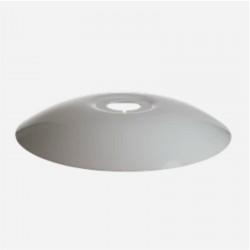
Louis Poulsen PH 80 Top Shade
가격
€173.55
Sammode G1 Suspemsion Lamp
가격
€2,677.69
Ay Illuminate Bagobo O Suspension Lamp
가격
€442.15
Nemo Ilium Suspension Led
가격
€355.00
Ay Illuminate Pebble Light Terracota
가격
€243.80
Sammode G25 Pendant Lamp
가격
€1,586.78
Nemo Dabliu Suspension Lamp
가격
€660.00
Mater Shade Pendel Lamp Black
가격
€350.00
Frama Eiffel Pendant Lamp
가격
€723.14
Graypants Alki Suspension Lamp
가격
€239.60
Verpan Fun 11DM Pendant Light
가격
€1,475.00
Louis Poulsen PH 5/5 Pendant Light
가격
€1,198.35


 EUR
EUR


